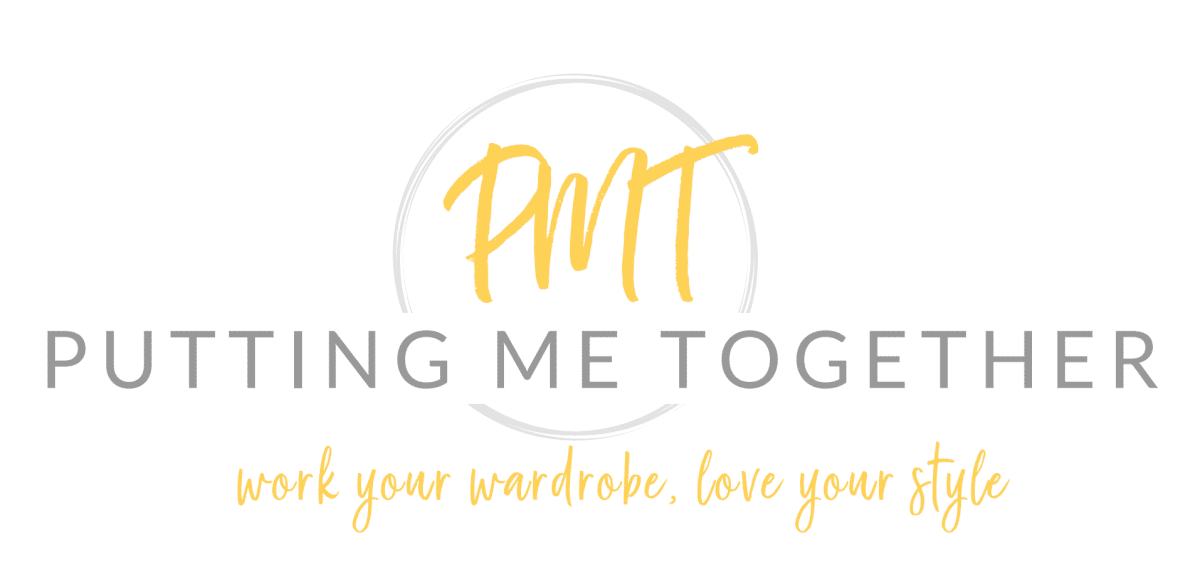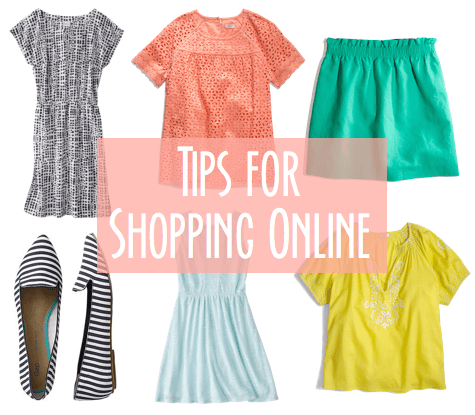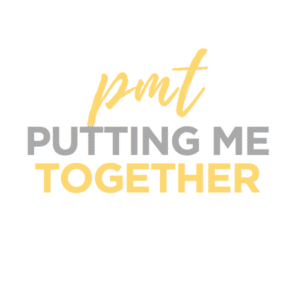I’ve come across quite a few people who get anxious about ordering things online. It can be nerve wracking to feel like it’s a crapshoot or maybe simply just annoying when you have to consider paying shipping for something without knowing how it will fit. And while I don’t have any tips that can guarantee hitting the nail on the head every time, I can tell you what I do to make the most informed decision I can with the least amount of risk.
So, here are some of my tips for shopping online. They mostly have to do with clothing stores, but some of them apply generally to online shopping too. Also, I’m not coming at this post with tips for finding discounts and sales. Rather, like I said, the tips are to help make informed decisions and feel like it’s less of a risk.
Return Policies
Return policies basically dictate how much or how little I am willing to purchase something online. Obviously free shipping both ways eases much of the barrier with shopping online. And many stores allow you to return in-store. So, even free shipping
one way is a huge draw for me as long as there are in-store returns and the store is nearby.
The ease of return weighs heavily into how much of a “risk” I’m willing to take on a garment. I shop fearlessly online from stores like Target and Old Navy where I can get free shipping (either $50+ purchase or Target Red Card) and easily return in-store since they are both near my house.
Knowing that I can get it shipped and return it for free gives me the freedom to order “just to try” or order something in multiple sizes just to be safe.
However, with other stores that have less generous shipping policies, I’m definitely more cautious and shop from them less online. Even if I can return it in store, I don’t like paying for shipping one-way just to “try” an item.
In those cases I try to make as best of an informed decision as I can, which is what I’ll get into next.
Reviews for Quality and Sizing
Reading reviews can be helpful as well as tedious if there’s a lot. Personally, I look for specific information since I’m a slow reader and want info without spending too much time reading through everything.
Typically I’ll skim reviews looking for quality, sizing, and fit.
Quality. I want to know what I can expect. Stuff like: Is it a thinner material than you’d expect? Is it see-through? Did it shrink in the wash? Is it comfortable? And was it only one person that said this, or several?
Sizing & Fit. For sizing and fit I want to know if it runs true to size or larger or smaller. I also want to know anything else about how the garment fits. Like, is the hip area on a skirt or the bust on a top or dress tight or generous?
Another piece of info that I can’t always find but hope to when I skim reviews is for anything to do with numbers–size numbers or body measurements. In particular, I look for a description of the person’s measurements and how the garment fit on them. It doesn’t mean much to me if they say, “It’s way too tight around the bust but fits everywhere else perfectly” without a description about their body. I have no idea if they have a disproportionately large chest or not, which is something that isn’t helpful to me as someone with a smaller chest. I love when they say “I’m 5’6″ and a 34B. The bust fits me perfectly and length hits a couple inches above my knee.” Their measurements are close to mine and gives me a great idea for how the garment would fit on me. BUT, even if I can’t find any review similar to my size, info from people whose size are totally off from mine still informs me of what kind of body type the item works best for. They could say “I’m 5’11” with a large chest and small hips. This fit me perfectly and hit at my knees!” Then I would know a) this is probably better for someone with a larger chest, b) the garment is probably too long for me, and c) it’s probably not gonna fit over my hips.
The sizing/fit thing is helpful for easy skimming, especially if an item has over 100 reviews, like
this skirt from Old Navy. Instead of trying to read all of the reviews I can skim them for numbers and stop to read those to glean helpful information about the fit of the garment.
Garment Measurements
Some stores list the measurements for each garment in each size. I’ve seen this most in international stores like
Sheinside and
Choies, but
Conversation Pieces does it too. And I’m
not talking about a size chart. Size charts may have measurements for shoulder/bust/hips/etc., but it’s usually universal for all the garments in their store, which is not necessarily accurate across the board.
What I’m referring to is
unique measurements for each individual item, and they are NOT based on a universal size guide. An example can be seen with
this blazer from Choies. In the “Details” box on the product page you can see the shoulder, bust, and length measurements for that particular garment in each size. And these numbers are different from other products on Choies’ site.
How to Use the Measurements
What I normally do is
measure a similar item from my own closet that fits well and compare it to the measurements for the item I want to purchase. If I were trying to figure out which size of that white blazer to get, I would take a blazer from my closet that fits well and measure the shoulders, bust, and length. Then I would find which size for the white blazer is the closest match, regardless of the letter sizing.
This is extremely helpful for me not only to choose the right size, but to see if the garment will work for me at all. I might discover a size that seems like it will work for me, or I might discover that the product is shaped oddly and probably won’t work for me at all. Like, the shoulder measurement might match up perfectly but the sleeve width for that size seems way too narrow compared to my own blazer’s sleeve width. Or maybe everything else measures well but it’s super duper long.
It’s not a perfect system, but it has helped me stay away from garments that are really odd as well as helped me feel pretty comfortable shopping online and ultimately pleased with many of my purchases.
“Find In Store” Feature
I loooooooove when store sites have this feature. Some people mistake this for the “Find a Store” feature, where you can see a list of stores in your area. No, no, no. “Find IN Store” is your BFF timesaver.
Let’s use
this top from Target as an example. On the product’s page, underneath the “Add to Bag” button there’s a link that says “Find In Store.”
It’s a feature that allows you to see if that garment is in stock in your size in a store near you. Or, it shows you which nearest store it’s available in.
Sometimes I’ll post things from Target and people will say, “I’m gonna run out right now and see if I can find it!” But I’m always like, “NOOO! Save your gas and your time and use the Find In Store feature!” The only flaw in this is that we all love an excuse to go to Target. So…there’s that. But many stores besides Target have this feature too, and it can save you a lot of time and energy! Some stores that have this are
Target,
Old Navy,
Gap, and
LOFT, to name a few.
Coupons & Discounts
I’m not going to go into too much detail about this because this could be a post in itself, but whenever I shop online I try to find some sort of discount or coupon. I’m not the kind of person to scour the web for discounts, but I at least want to find the low hanging fruit. For my own sanity, I try not to spend more than a few minutes and a quick check for a coupon code.
For this, my usual go-tos are coupon sites like RetailMeNot for any coupon codes I could apply. If it’s a smaller boutique, I’ll look for a discount code on their Facebook page. If all else fails and I *really* want a coupon code for a small boutique, I’ll search Google to see if I can even find a current discount code from a random blog. (I seldom care that much, though!)
Those are my main tips. Hopefully something was helpful! I left out a lot of things, like I didn’t even touch stuff like price comparison, email lists, waiting for sales, or anything like that. If a Part 2 with that kind of info would be interesting, let me know.
What are your best practices for shopping online?


